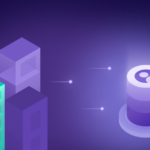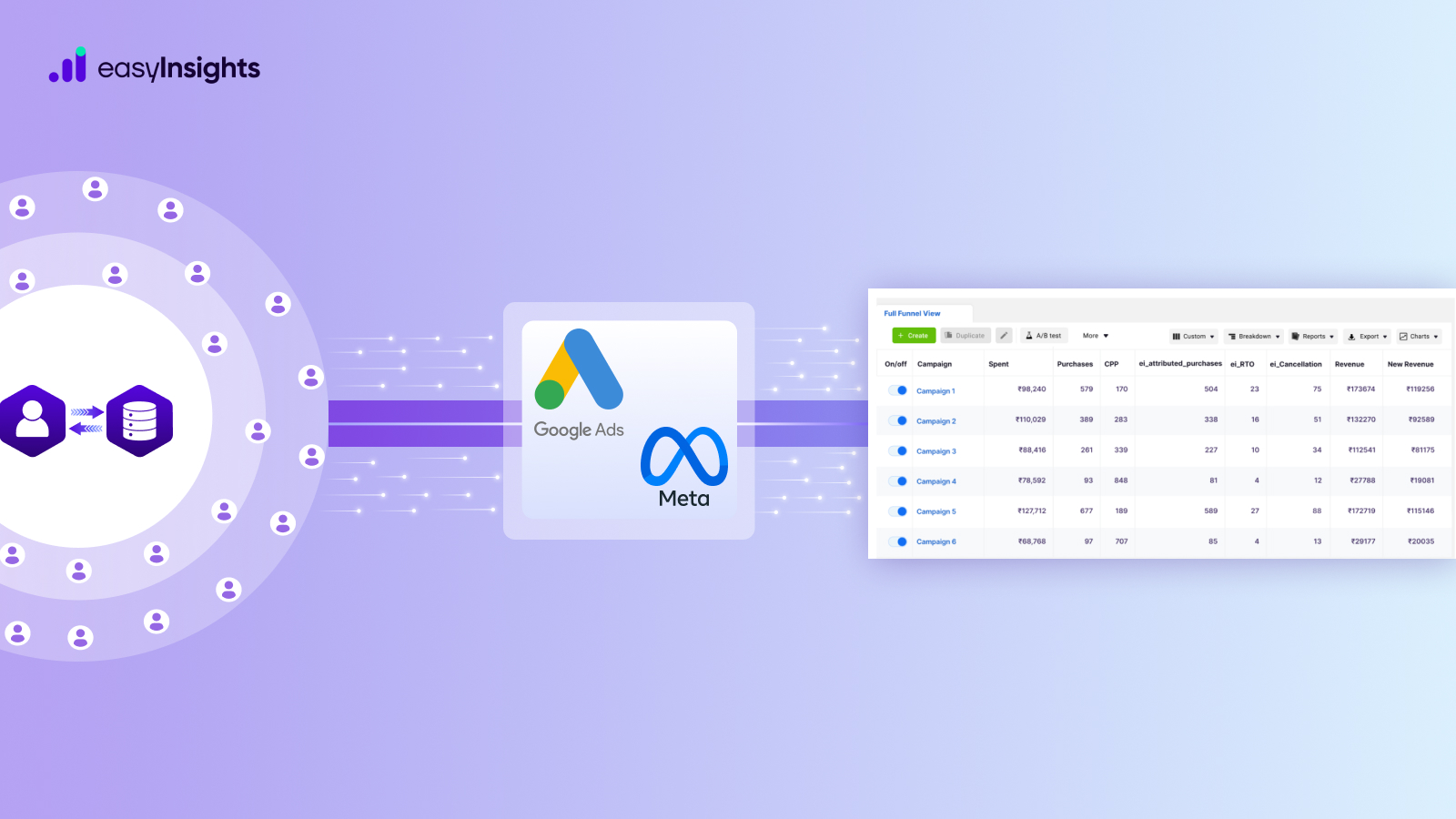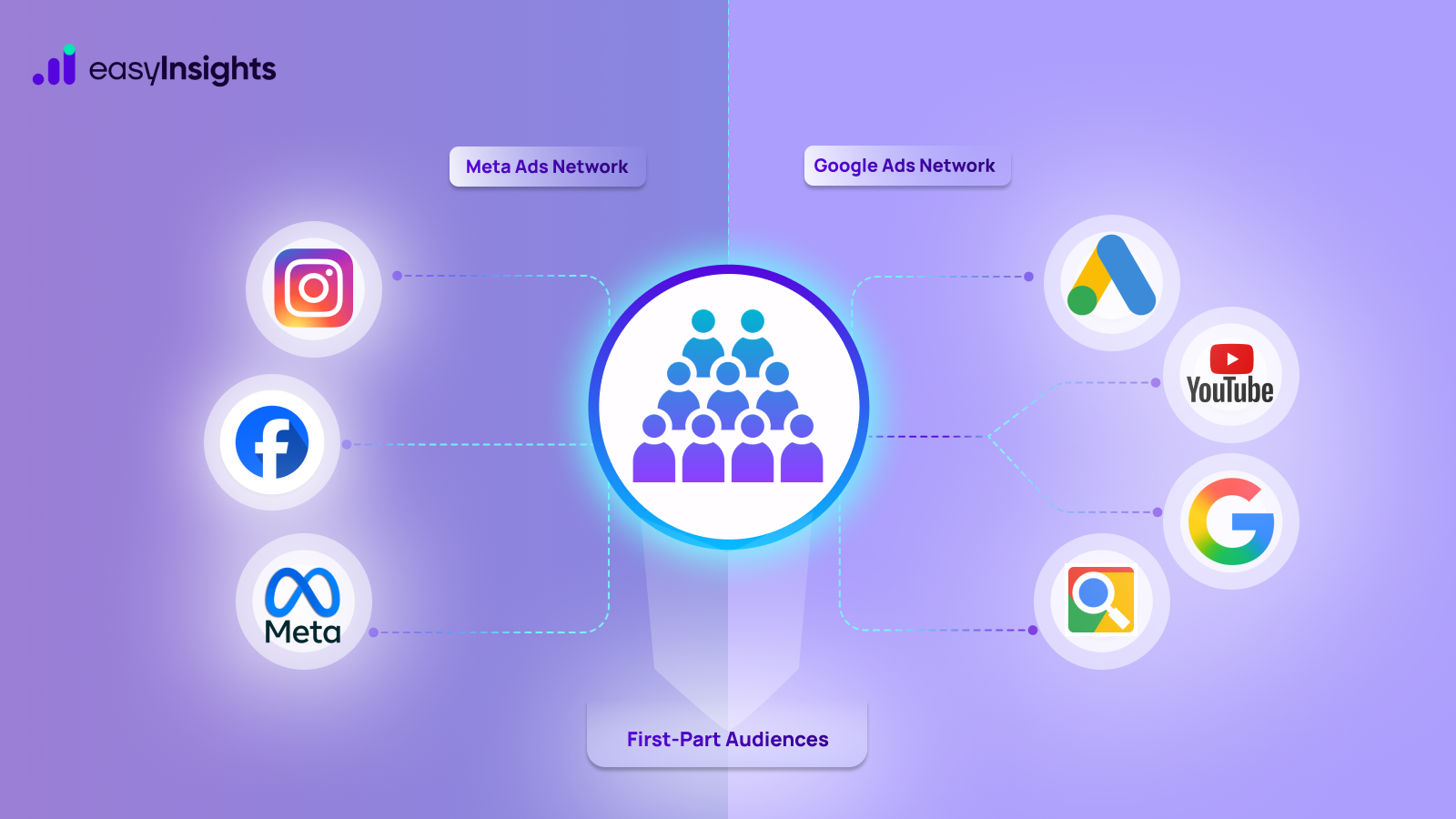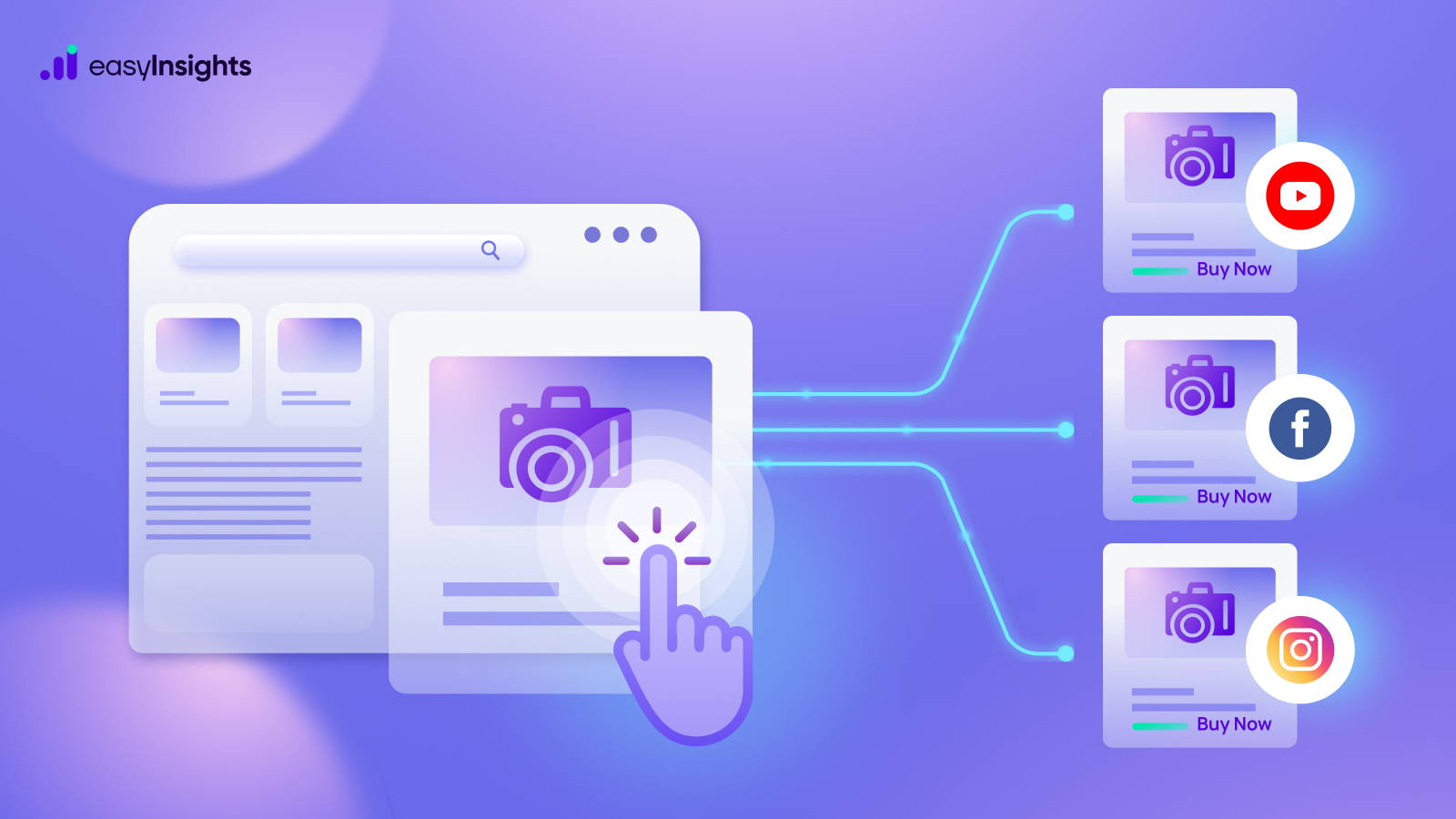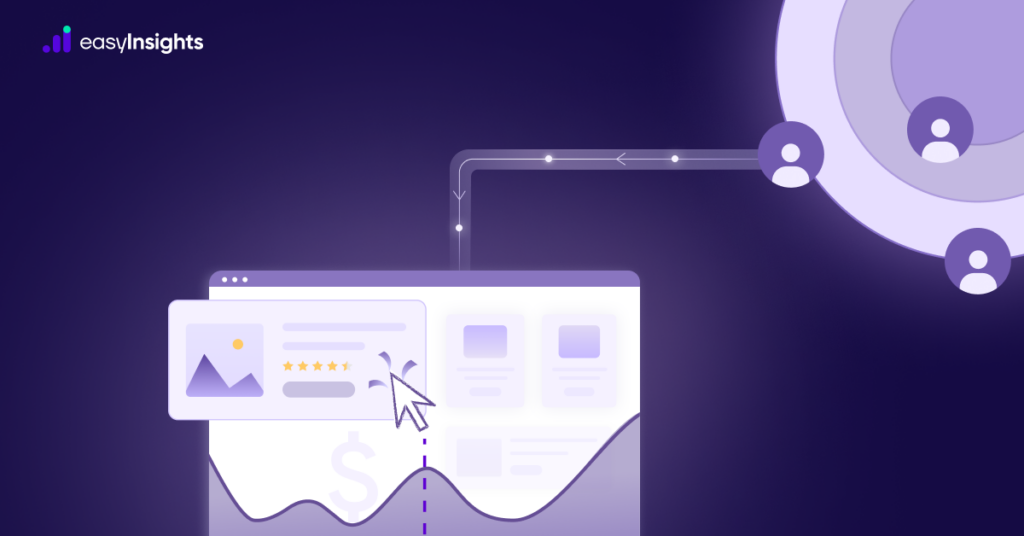
Owning Your Future: How First-Party Data Fuels a Thriving E-Commerce Strategy in 2024 and Beyond
The winds of change are blowing in the world of e-commerce. Privacy regulations are tightening, third-party cookies are crumbling, and brands are scrambling to adapt. In this new landscape, first-party data – information you collect directly from your customers – emerges as the beacon of hope, the key to unlocking personalized experiences and sustainable growth.
This isn’t just another marketing fad. Think of first-party data as the oil powering your e-commerce engine. It allows you to truly understand your customers, anticipate their needs, and build deeper, more meaningful relationships.
What is first-party data? It’s information you collect directly from your customers, like purchase history, website behavior, and email interactions. Unlike third-party data, it’s reliable, privacy-compliant, and uniquely yours.
Jump ahead to:
Why First-Party Data Matters Now More Than Ever
Remember the days when targeting audiences based on broad demographics worked? Those days are gone. Today’s customers crave personalization, and they expect brands to understand their unique preferences and aspirations. This is where first-party data shines. Unlike third-party data, which often paints an incomplete picture based on assumptions and inferences, first-party data is accurate, relevant, and specific to your brand’s audience. It can reveal:
Purchase history and product preferences: What do your customers buy? What interests them? This insight helps you recommend relevant products, offer timely promotions, and ultimately, increase conversion rates.
Website and app behavior: How do customers navigate your platform? What pages do they engage with? By understanding their digital journey, you can optimize your website, personalize product recommendations, and address pain points early on.
Feedback and reviews: What are your customers saying about your products and services? Gathering and analyzing feedback helps you improve your offerings, build trust, and identify potential brand advocates.
Beyond personalization, first-party data empowers you to:
Make data-driven decisions: With accurate customer insights, you can optimize marketing campaigns, allocate resources effectively, and measure the true impact of your efforts.
Build customer loyalty: When you use first-party data responsibly and ethically, you build trust and demonstrate respect for your customers’ privacy. This fosters loyalty and encourages repeat business.
Future-proof your strategy: As privacy regulations evolve, relying on your own data ensures you’re not dependent on external sources that may become restricted or unavailable.
Use Cases of First Party Data and Success Stories
Beyond Cookies: How First-Party Data Fuels Smarter E-Commerce Marketing
The cookie crumbles, but e-commerce thrives! Forget the fading world of third-party cookies and harness the power within – your own first-party data. These invaluable insights hold the key to unlocking deeper customer understanding, hyper-personalized experiences, and optimized marketing campaigns. Let’s explore real-world use cases to see how first-party data can fuel your e-commerce success:
1. Unveiling Acquisition Secrets with First Click Attribution Model:
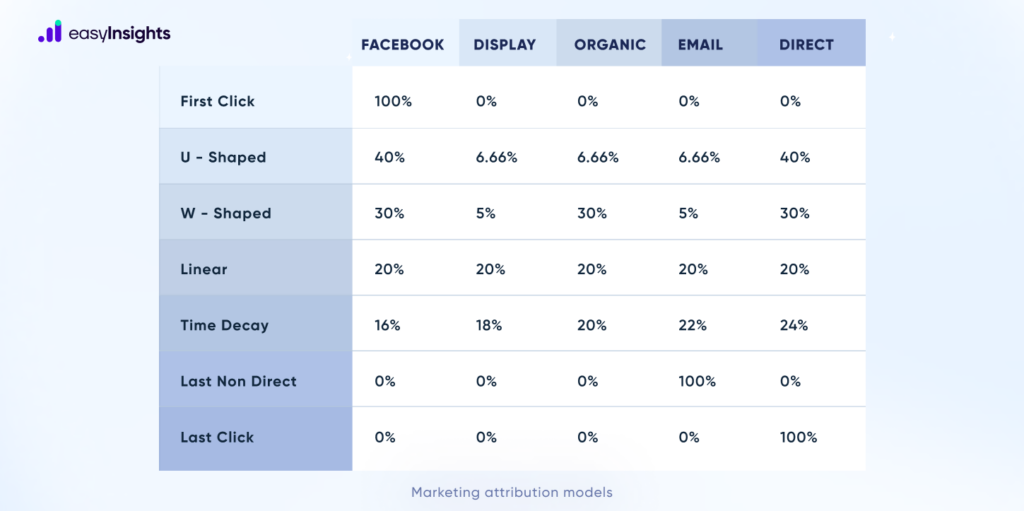
Scaling Campaigns
- Identifying Initial Acquisition Channels: By seeing which channels first bring in customers, you can identify successful campaigns and allocate more resources to them. This helps scale those channels and expand your reach.
- Testing New Channels: When trying new marketing channels, first-click attribution can show if they’re attracting new customers. This is helpful for initial evaluation and deciding whether to invest further.
- Focusing Top-of-Funnel Efforts: First-click can highlight content or campaigns that spark initial interest, even if they don’t directly lead to sales. This helps inform top-of-funnel strategies that build brand awareness and nurture leads.
Reducing Customer Acquisition Cost (CAC)
- Optimizing Initial Acquisition Efforts: Since it highlights campaigns that first attract customers, first-click can help optimize those campaigns to be more cost-effective. This can lead to lower CAC in the long run.
- Identifying Inefficient Channels: Seeing which channels don’t contribute to initial acquisition helps identify areas where budget might be wasted. You can then adjust or cut those channels, potentially reducing overall CAC.
- Focusing on Long-Term Value: While first-click doesn’t show the full customer journey, it can indicate channels that bring in high-value customers who convert later. This allows you to strategically invest in those channels even if their immediate CAC seems higher.
How a leading premium brand increased revenue by 3x by using first click attribution model
2. Real-Time Campaign Optimization with Last non Direct Attribution models:
React in the moment with Last-Click Attribution: Optimize for Conversions Like a Pro
Imagine having a window into the exact moment your customers decide to buy. With Last-Click Attribution, you do! See which element in your campaign – the ad copy, landing page, or offer – delivered the final push that converted a browser into a buyer. This real-time insight empowers you to fine-tune your campaigns on the fly, maximizing impact and ROI.
Here’s how it works
- Track Every Touchpoint: Every interaction a customer has with your campaign (ad click, landing page visit, etc.) is meticulously recorded.
- Zero in on the LnD: When a purchase happens, Last-Click identifies the direct touchpoint that preceded it.
- Actionable Insights: This reveals which element (ad copy, landing page, offer) had the most persuasive power.
The Magic of Real-Time Optimization
- Identify Winners & Losers: See which elements are driving conversions and which are falling flat.
- Tweak & Test Instantly: Adjust ad copy, optimize landing pages, or refine offers based on real-time data.
- Maximize Campaign Performance: Continuously improve conversion rates and boost ROI by focusing on what works best.
3. The Connected Customer Journey with Omnichannel attribution Models:
The Connected Customer Journey: Navigate the Labyrinth with Omnichannel Attribution
Imagine your customers as intrepid explorers, weaving through a maze of touchpoints—website visits, social media interactions, phone calls, and even physical store visits. Understanding this complex journey is crucial for any brand, and omnichannel attribution models hold the key.
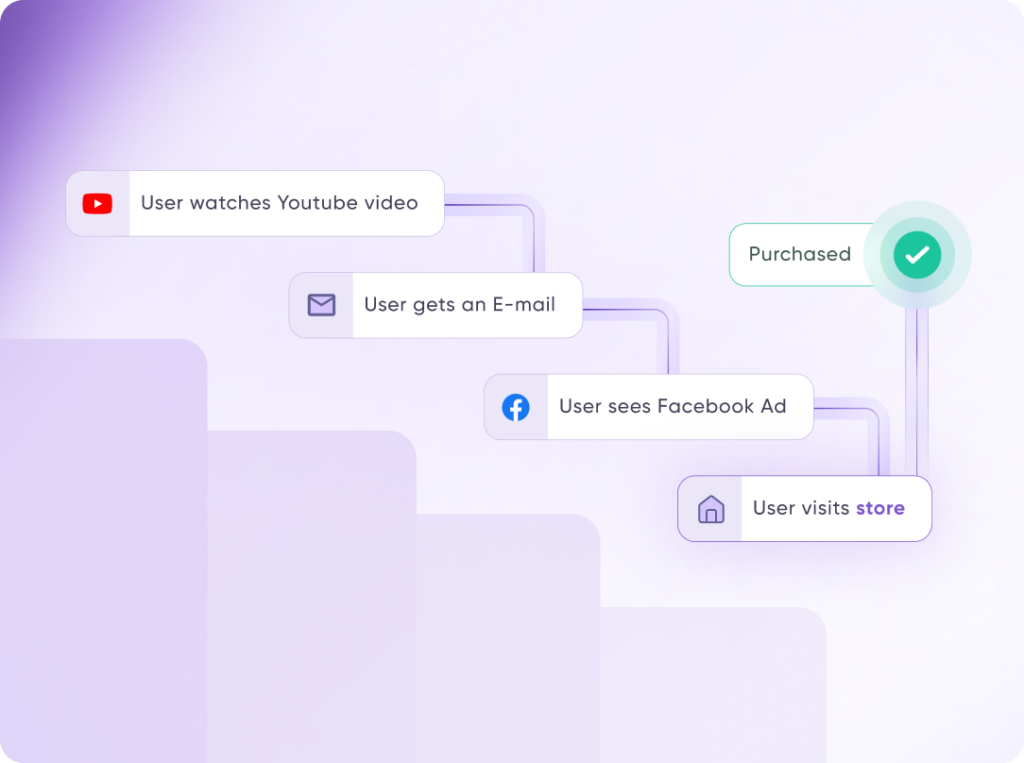
Unlocking the Full Picture
Traditional attribution models often paint an incomplete picture, focusing solely on online interactions. Omnichannel goes beyond, integrating online and offline data seamlessly. It reveals the intricate dance customers perform across your website, app, physical store, and even phone calls.
Beyond Clicks and Conversions
Forget the simplistic “first click” or “last click” mentality. Omnichannel attribution delves deeper, identifying key touchpoints across the entire journey. It shows how a social media ad sparked interest, a website visit nurtured consideration, and an in-store interaction sealed the deal.
Personalization Powerhouse
With this knowledge, you can personalize the customer journey like never before. Imagine tailoring email offers based on browsing history, sending location-based app notifications, or recommending products viewed in-store online. The possibilities are endless, leading to seamless experiences that delight customers.
Benefits Beyond Imagination
- Increased Conversions: Understand what truly drives purchases and optimize each touchpoint for maximum impact.
- Improved Customer Retention: By fostering connection across channels, you create loyal brand advocates.
- Smarter Resource Allocation: Invest in channels that truly matter, maximizing your marketing budget.
Data-Driven Decisions: Make informed choices based on compelling insights, not guesswork.
4. Server to Server Integration – Offline Conversion, CAPI: Your Data, Your Power:
Feeling frustrated with the loss of third party data messing up your ad targeting? Wish you could directly tell ad platforms exactly what conversions matter to you? Well, step aside, frustration, and step into the spotlight, CAPI (Conversion API)!
Think of CAPI as a direct line between your servers and the ad platforms you use. Instead of relying on browser-based tracking (which can be unreliable and privacy-conscious users might block), CAPI lets you send high-quality traffic data straight back to them.
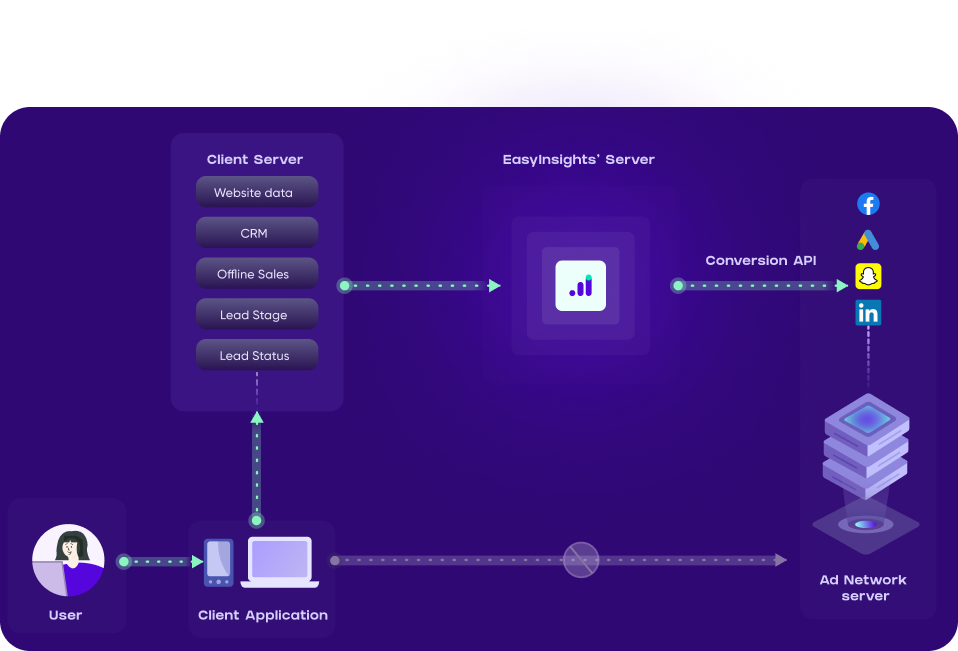
What’s the magic in this direct connection?
- Data Accuracy, Supercharged: Say goodbye to incomplete or missing information. CAPI ensures every valuable conversion event reaches the ad platform, giving them a crystal-clear picture of what works.
- Targeting on Steroids: With accurate data, ad platforms can optimize your ads like never before. Reach the right people at the right time with the right message, leading to more conversions and better ROI.
- Privacy Champion: Worried about data privacy? CAPI puts you in control. Choose what data you share, ensuring both transparency and privacy compliance.
- Future-Proofing Your Campaigns: As privacy regulations evolve, CAPI keeps you ahead of the curve. It’s a reliable option built for the future of data-driven advertising.
How an Indian multinational paint company acheived 4X Growth in Quality Leads With 50% Reduced CAC
5. Facebook Conversion API Match Rate:
Imagine sending Facebook not just “event data” (someone viewed a product), but also additional “match” information (their email address, phone number, etc.). This enhances the accuracy of how Facebook identifies users who triggered your events, letting them match those events to actual profiles.
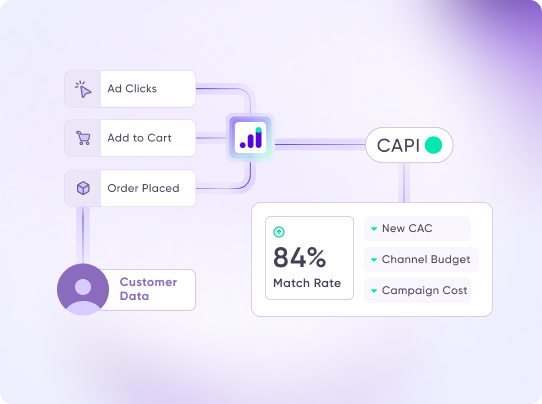
Why is it awesome?
- Hyper-Targeted Audiences: Reach customers with laser focus, ensuring your ads land in front of the right people, every time.
- Improved Campaign Performance: More accurate targeting leads to higher engagement, better conversion rates, and ultimately, a higher ROI.
- Deeper Audience Insights: Unlock additional data about your audience, allowing you to tailor your messaging and offerings for maximum impact.
- Privacy-Conscious Solution: Leverage powerful targeting without compromising user privacy. You control the data you share.
6. Audience Suppression: Smarter Audiences:
Tired of wasting ad dollars on reaching the wrong audience? First-party data holds the key to intelligent segmentation, ensuring your message resonates with the right people at the right time. Here’s how:
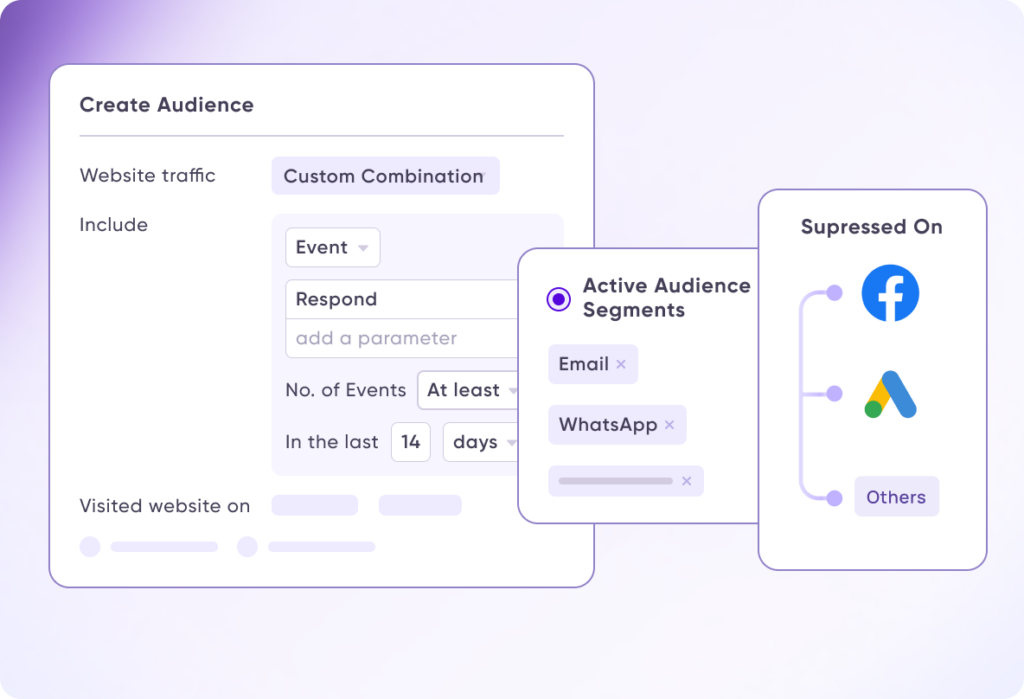
Laser-Focus Your Efforts
- Suppress Non-Ideal Audiences: Exclude groups unlikely to convert, like active WhatsApp users from product ads. This optimizes your budget by focusing on potential customers.
- Targeted Messaging: Create specific campaigns for different segments, like suppressing frequent buyers from branded search and targeting them with exclusive offers. This increases relevance and engagement.
Examples of Powerful Segments
- Frequent buyers from branded search: They already know you, focus on new audiences.
- Recent buyers from product ads: Avoid retargeting, show them fresh recommendations.
- Existing customers from social lookalike audiences: Reach new prospects, not those already converted.
- Last 7 days email/WhatsApp users: Why to waste ad spend if they are actively engaged with your brand on whatsapp or email.
- RTO/Cancellation audience (180 days): Show lesser impression if you know that the specific set of people have higher RTO/Cancellation rate
- Last 180 days buyers: Upsell or Cross sell to them
- Newsletter subscribers: Send targeted promotions based on their reading interests.
How an apparel brand increased it ROAS by 30% using Audience Suppression
7. Personalization Targeting:
Gone are the days of mass marketing messages that fall on deaf ears. Customer segmentation empowers you to speak directly to each audience segment, delivering personalized messages, offers, and products that resonate with their unique needs and preferences. It’s more than just marketing, it’s about building deeper connections with your customers.
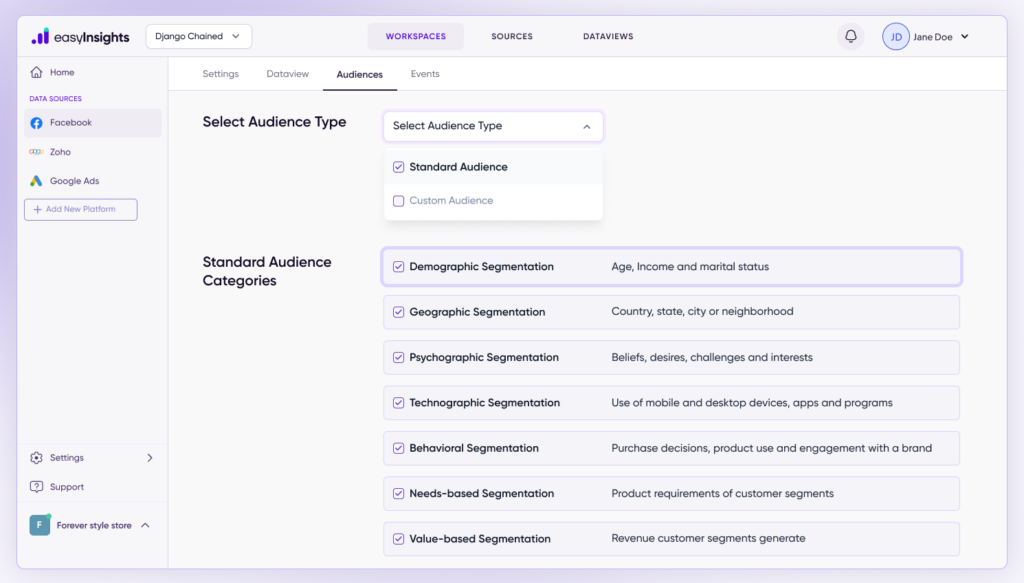
Unlock the Personalization Magic
- Understand Your Audience: Divide your customer base into meaningful segments based on demographics, interests, life stages, values, or any other relevant factors.
- Tailored Messaging: Craft messages that speak directly to each segment’s unique language and concerns, increasing engagement and relevance.
- Relevant Offers & Products: Showcase products and deals that perfectly match each segment’s desires and needs, leading to higher conversion rates.
Segmentation in Action
- Targeted Email Marketing: Create segmented email lists and send campaigns with personalized content for higher open and click-through rates.
- Dynamic Website Personalization: Adapt website content and offers based on individual visitor behavior for a truly customized experience.
- Laser-Focused Social Media Ads: Develop highly targeted ad campaigns on various platforms, reaching the right people with the right message.
- Rewarding Loyalty: Design personalized loyalty programs that offer benefits based on individual purchase patterns and preferences, fostering deeper relationships.
How a Leading Dubai based Ecommerce Brand Leverages Personalization to Boost Conversions by 400%
These are just a few sparks to ignite your first-party data journey. Remember, the possibilities are endless! Unlock the hidden potential within your data and watch your e-commerce marketing strategy evolve into a powerful engine of customer acquisition, engagement, and loyalty. Start building your first-party data foundation today with EasyInsights and witness the future of smarter, more successful e-commerce marketing unfold.


